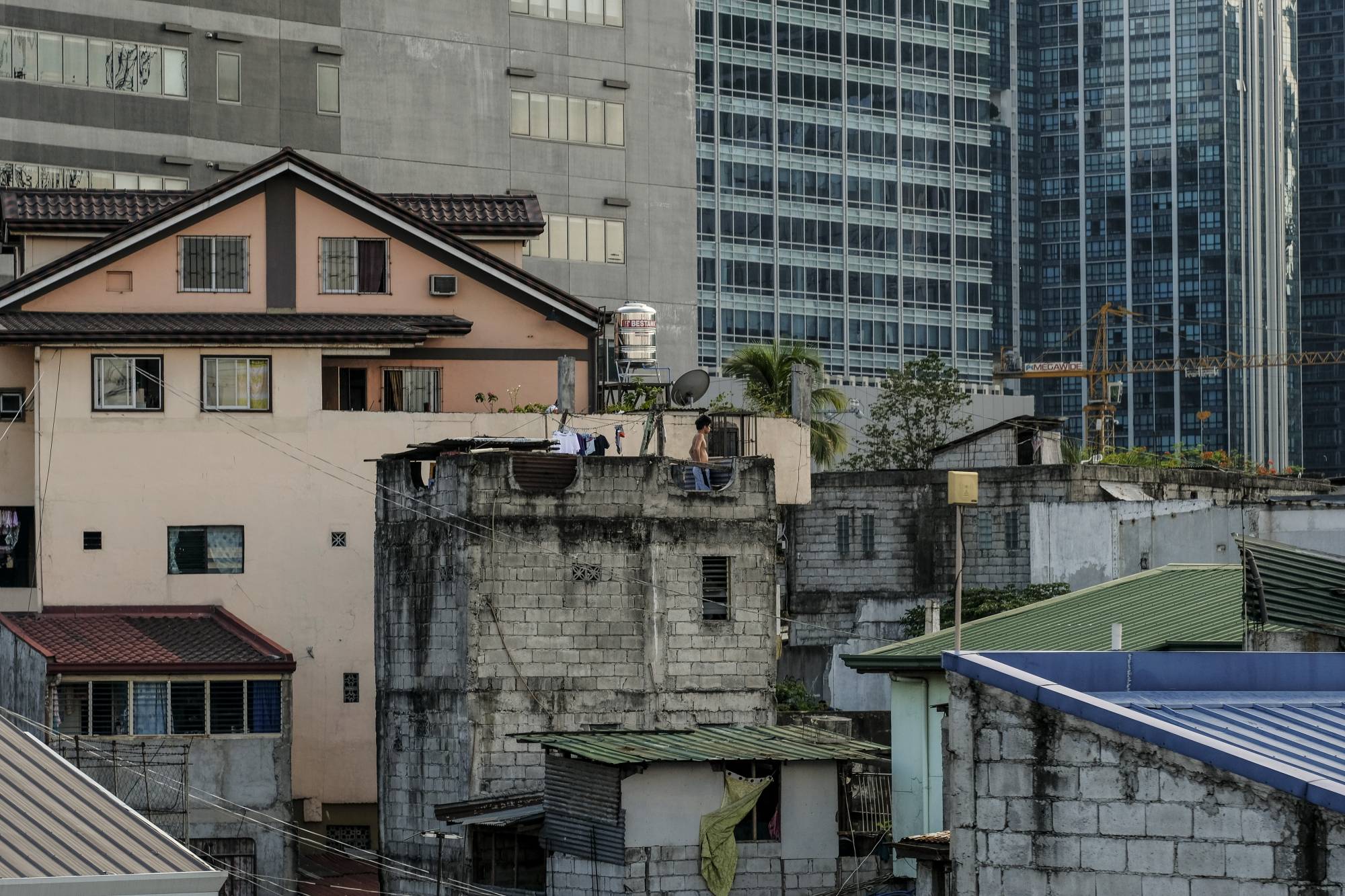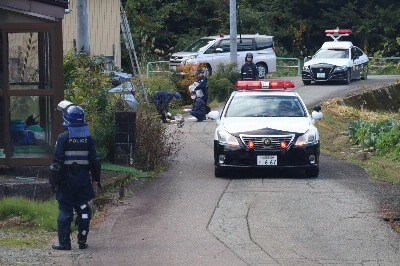Easing lockdowns around the world present an opportunity to go back to the drawing board for many economies. In Asia, densely packed urban centers are a good place to start. The trick for planners will be to minimize disease outbreaks without quashing the promise of employment that has made cities a magnet.
By 2025, the world will have 37 megacities — defined as having at least 10 million people — and as many as 20 of them will be in Asia. Two-thirds of the region’s population will be living in urban areas by 2050, compared with 20 percent in 1970, according to the Asian Development Bank. Bustling metropolises have become a symbol of rapid growth across the continent, which has reached a level of urbanization in less than a century that took more than twice as long in other parts of the world.
For decades, this transition was a one-way ticket to economic boom. With the coronavirus outbreak, however, we’ve seen cities become hotbeds of infection, where vast concentrations of wealth can become a liability when businesses grind to a halt. But while de-clogging seems like a good idea on paper, is it desirable or even feasible? Working remotely from the suburbs sounds great if you live in a congested downtown district, confined to four walls and a small bathroom with screaming kids. The reality in many rural areas, however, is poor infrastructure, subpar schools and scarce medical clinics, not to mention limited delivery options.


















With your current subscription plan you can comment on stories. However, before writing your first comment, please create a display name in the Profile section of your subscriber account page.